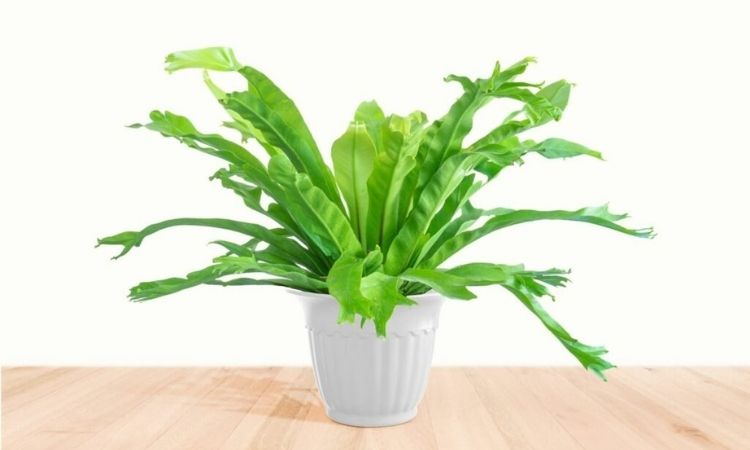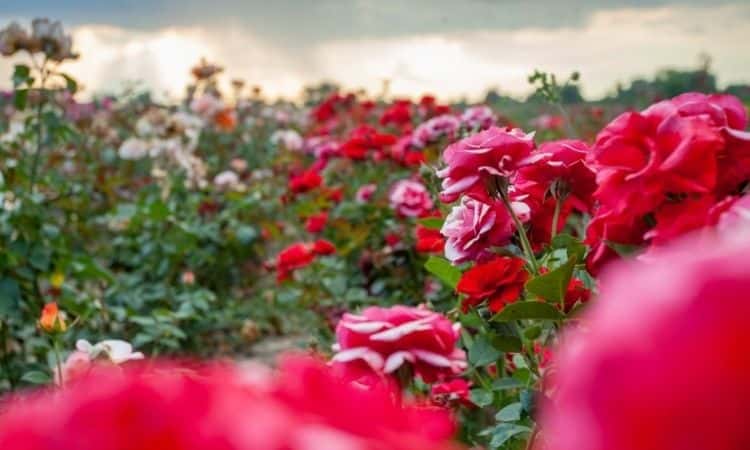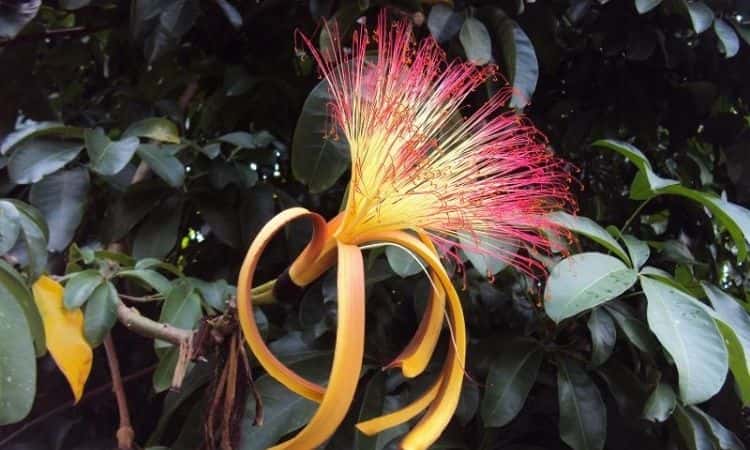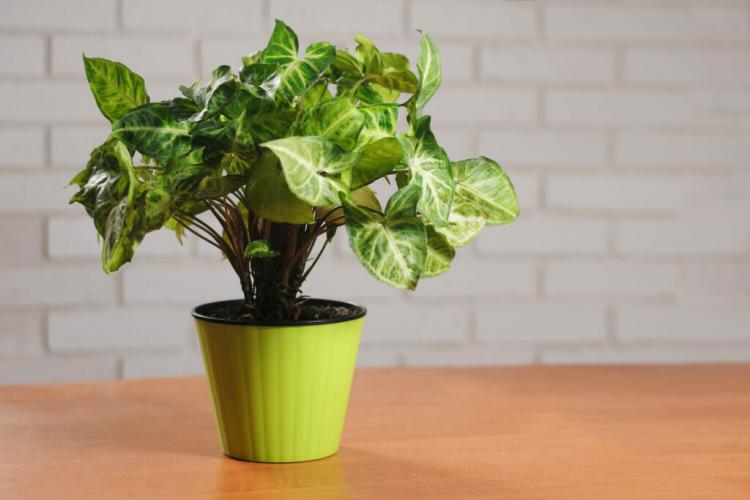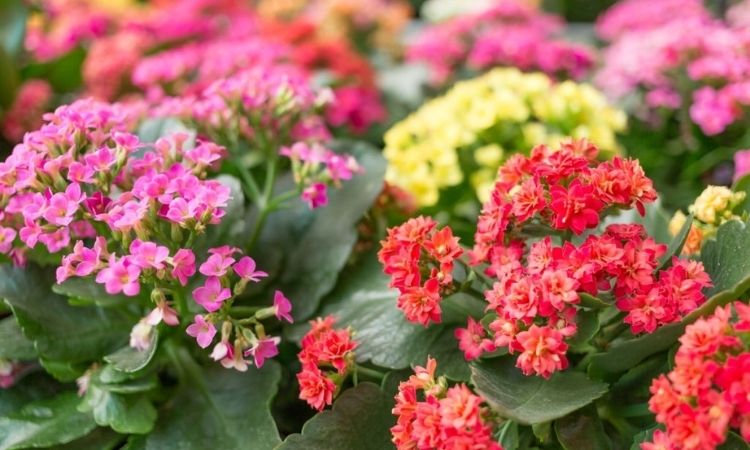Bird`s Nest Fern: Care And Location Of The Houseplant
The bird`s nest fern is a popular representative among houseplants. In this article, you will find tips on the location and care of the bird`s nest fern, as well as the most beautiful varieties for the apartment.
The bird`s nest fern (Asplenium nidus) brings the tropics into your home with its lush, green leaves. Would you like to know what to consider when caring for the bird`s nest fern? We give you the most important tips and tricks about location, care, and a varied selection of the popular houseplant.
Bird`s Nest Fern: Origin And Characteristics
Table of Contents
The bird`s nest fern (Asplenium nidus) from the genus of striped ferns (Asplenium) belongs to the striped fern family (Aspleniaceae) and originates from the rainforests of East Africa, Asia, and Australia. The evergreen plant can develop leaves up to one meter long, even in indoor culture.
The leaves are slightly wavy and have a light green, glossy coloration. As the name suggests, the fern fronds form a kind of nest and are funnel-shaped in orientation. The arrangement of the leaves serves the plant as a catchment funnel for water and plant debris, which provide the fern with nutrients.
In its natural environment, the bird`s nest fern grows epiphytically, that is, perched on trees – just like orchids. In its leaves can even find shelter for some species of amphibians.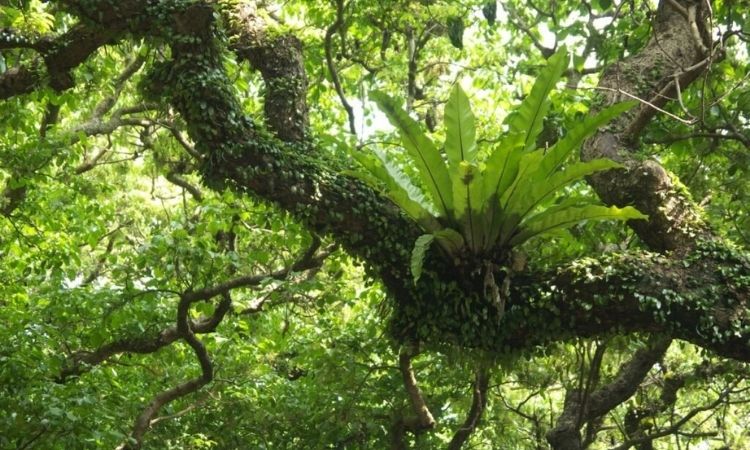
The Most Beautiful Varieties Of Bird`s Nest Fern For The Apartment
In addition to the classic bird`s nest fern, there are several interesting varieties that catch the eye mainly because of their strikingly shaped leaves.
- Asplenium nidus ‘Crissie’: this version of the bird`s nest fern captivates with rather a smooth leaf edges that fray almost palmately at the leaf tips. This feature gives the leaves a very unusual appearance.
- Asplenium nidus ‘Crispy Wave’: the leaves of this variety are particularly wavy. Since these bird`s nest ferns remind one of a mop of hair due to their growth form, one quickly thinks of a curly splendor here.
- Asplenium nidus ‘Fimbriatum’: With frayed leaf edges all around, this bird`s nest fern bears resemblance to carrot greens sprouting from the ground.
- Asplenium nidus ‘Osaka’: Unlike Asplenium nidus ‘Crispy Wave’, this cultivar does not have the entire leaf curled, only the edges are heavily crinkled.

Habitat And Substrate For The Bird`s Nest Fern
As an epiphyte in the crowns of tall trees, the bird`s nest fern grows mostly in partial shade and without contact with the ground. So, according to its natural tropical habitat, the location in the home should also be chosen.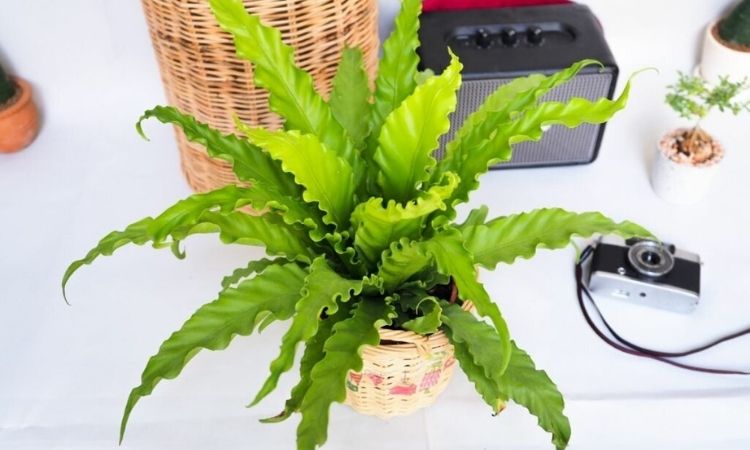
The bird`s nest fern prefers a semi-shady, windless spot, as it does not tolerate direct sun, but still needs enough light to grow. A warm, humid climate is ideal, so the temperature should always be around 20 °C and sufficient humidity should be provided.
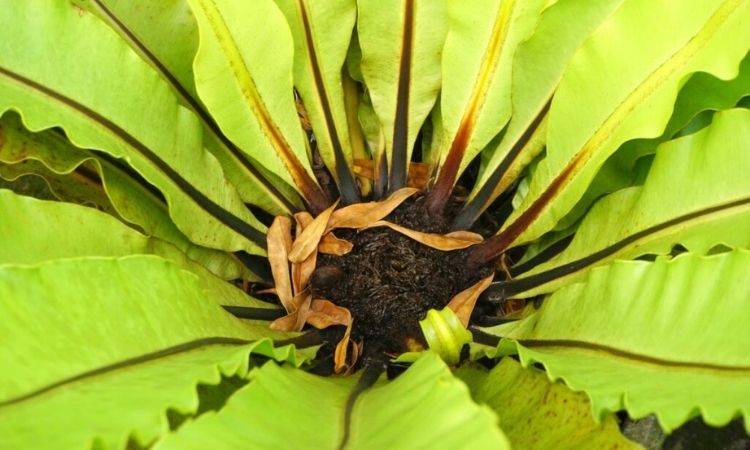
As a substrate is suitable for the bird`s nest fern high-quality potting soil. The soil is made from natural raw materials and free of peat, making it particularly sustainable. It is important that the soil drains well so that water cannot build up. To increase permeability, you can simply mix a little expanded clay or sand into the substrate. Also, a layer of clay shards or gravel on the bottom of the pot will help water drainage. Orchid soil that meets the requirements of epiphytes is also suitable for the bird`s nest fern, but it is not absolutely necessary.
Bird`s Nest Fern Care: What To Look Out For
The bird`s nest fern care is not very complicated. If the plant is in an optimal location, only a few small things need to be taken into account.
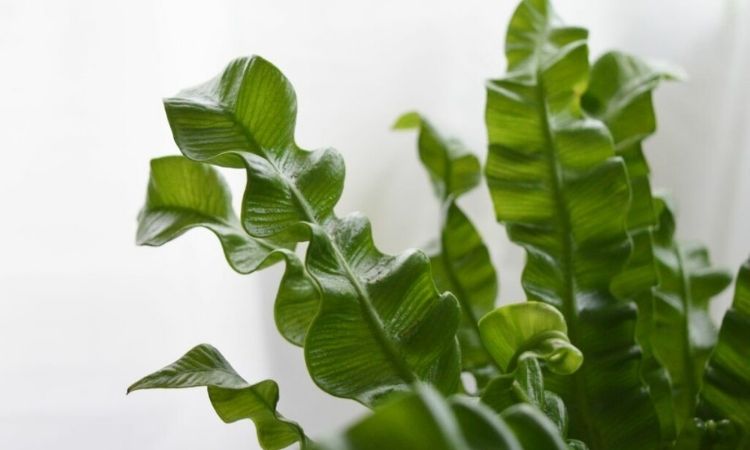
Watering, Fertilizing, And Pruning Bird`s Nest Ferns
It is best to water your bird`s nest fern with low-lime, room-warm water directly into the substrate. Rainwater is especially good for the bird`s nest fern. The root ball should always be moist, but not overwatered. As soon as the substrate dries slightly on the surface, you can water again.
Tip: In summer, the bird`s nest fern needs especially much water. At this time, you can also immerse the plant with the root ball in a bucket of water from time to time, so that the entire substrate can soak up water.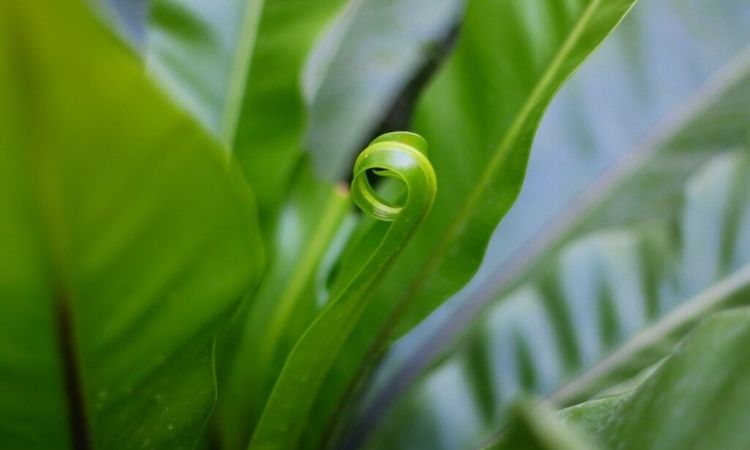
Fertilize the bird`s nest fern only one year after repotting, because the soil already contains many nutrients. From spring to fall, a little fertilizer should be added to the water in half the dosage approximately every three weeks.
The bird`s nest fern does not require pruning. Only brown and dried leaves can be carefully removed.
Repotting The Bird`s Nest Fern
Since the bird`s nest fern grows rather slowly, it is sufficient to repot it every two to three years in spring. The fresh substrate contains new nutrients and can therefore have a positive effect on growth. If it becomes too crowded for the roots in the old pot, a slightly larger planter should be chosen.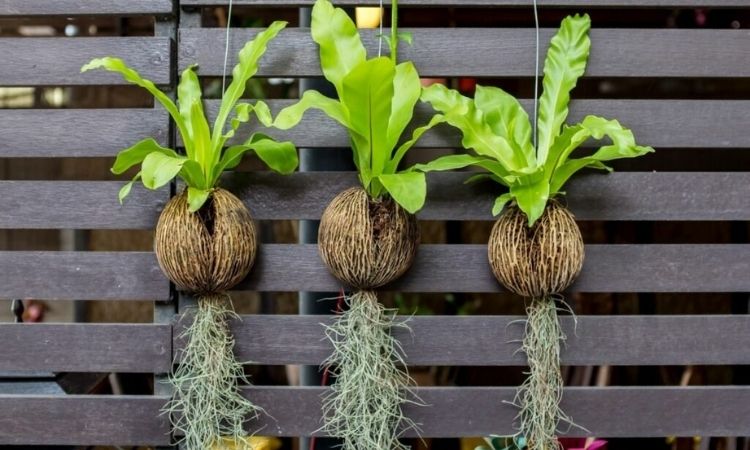
Is The Bird`s Nest Fern Poisonous?
The bird`s nest fern is not poisonous to humans or pets. Therefore, it can be placed in any suitable place in the home without hesitation.
Do you want even more tropical flair in your home? The monstera – also known as window leaf – brings the jungle into your home. We give tips on location and care.
